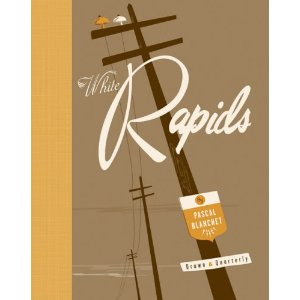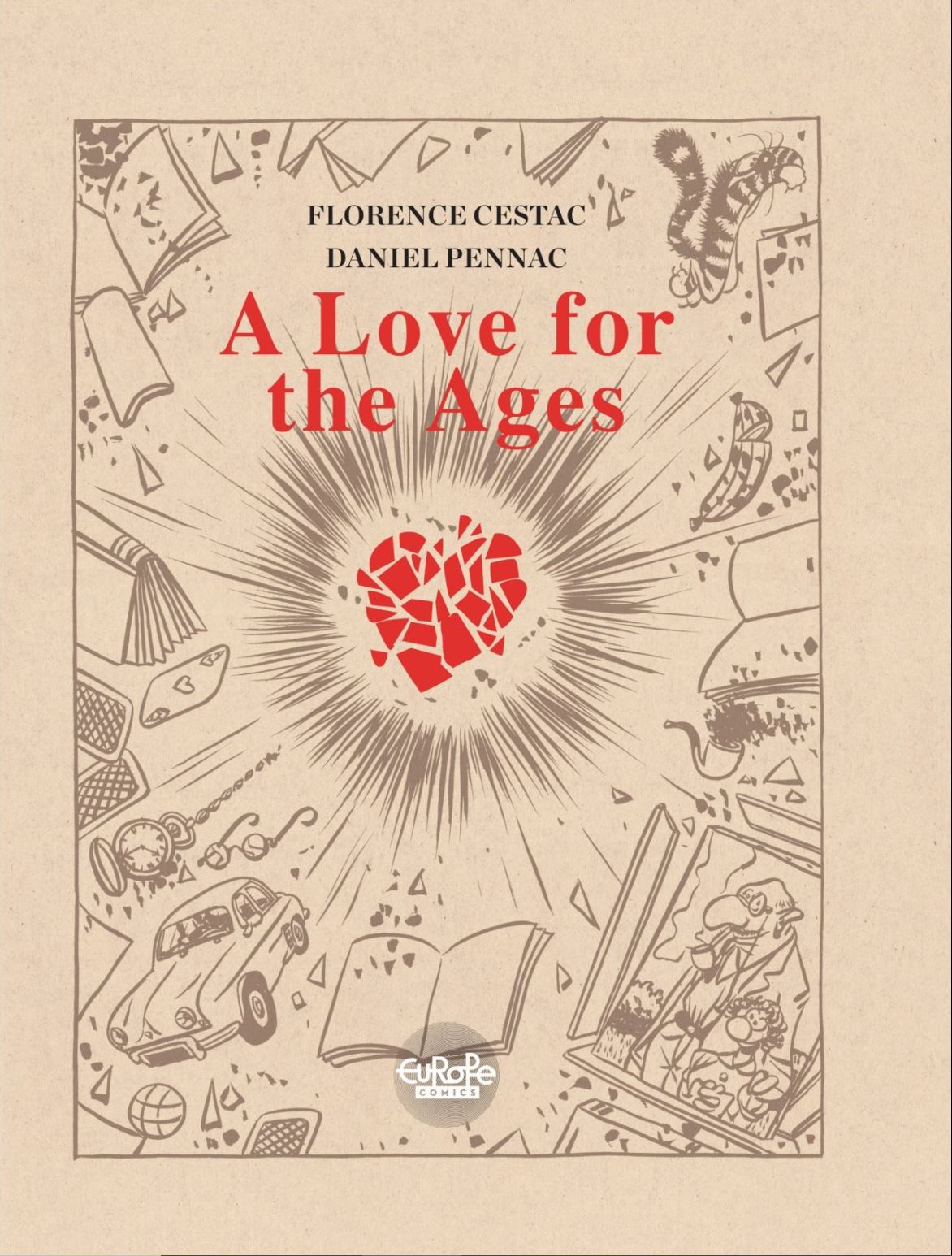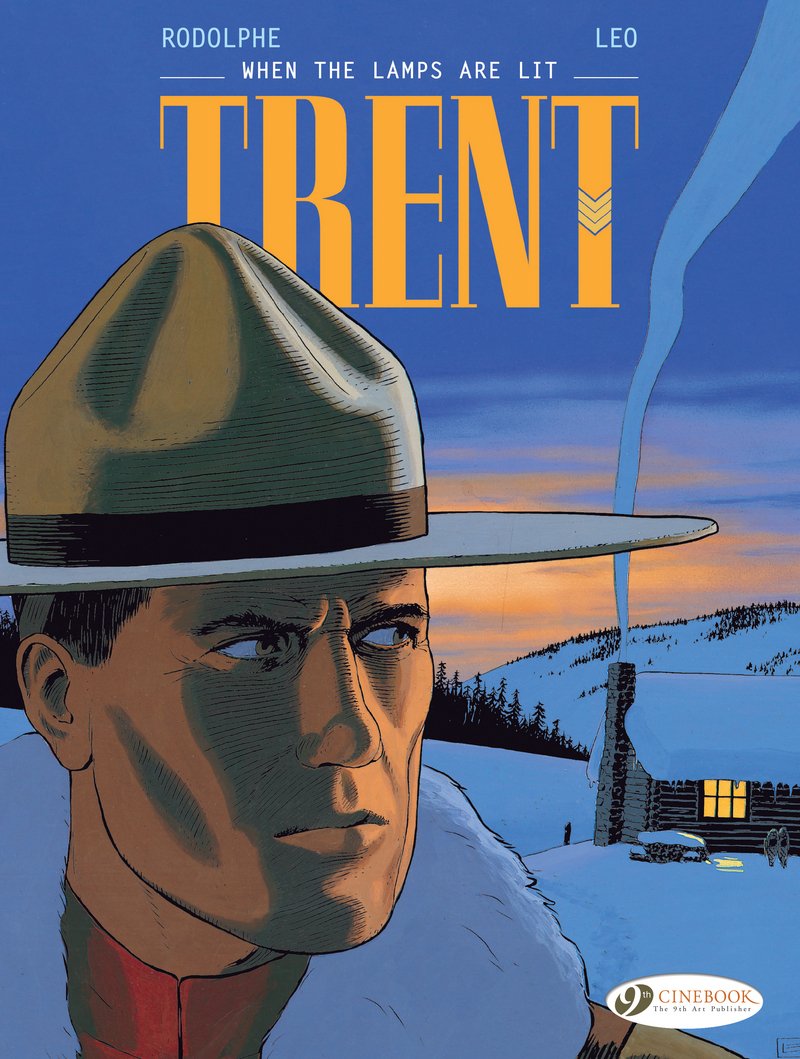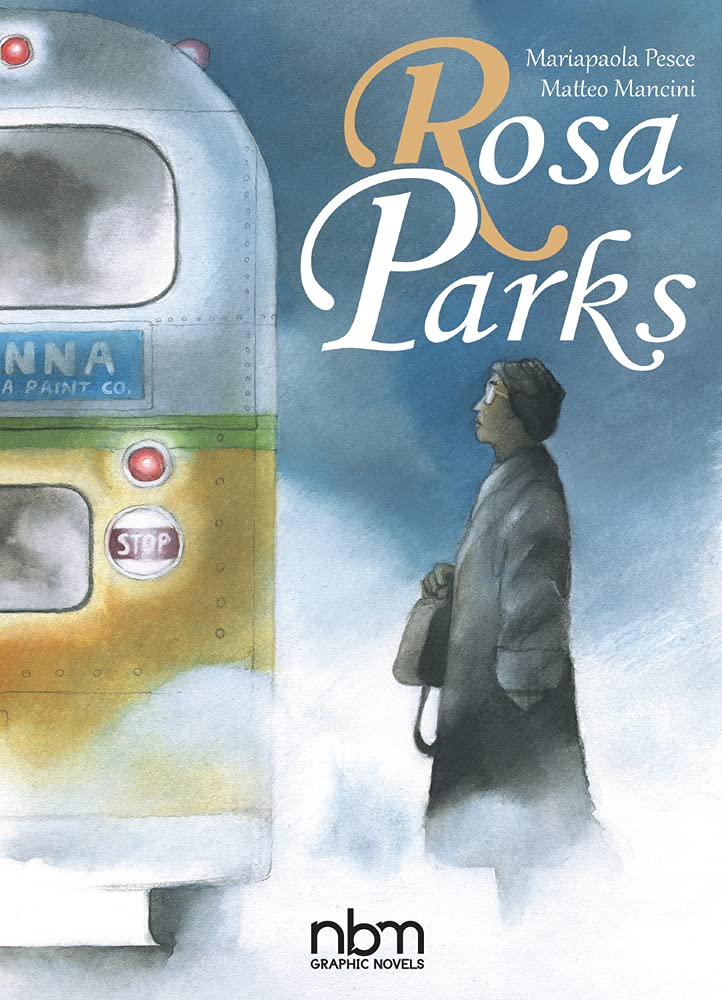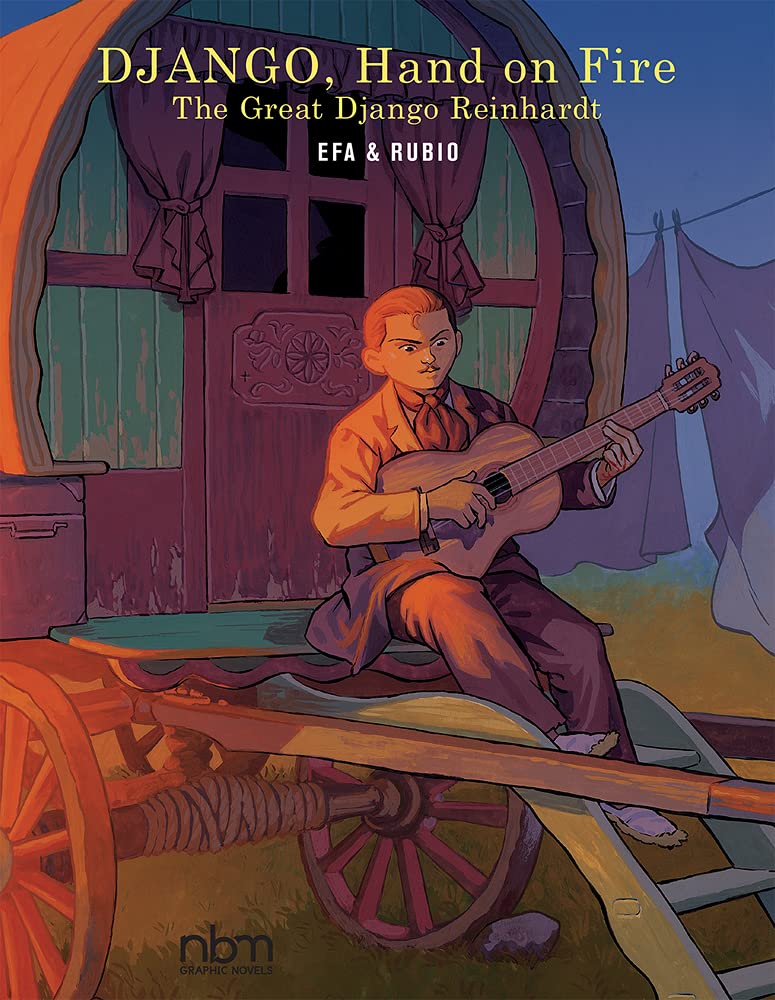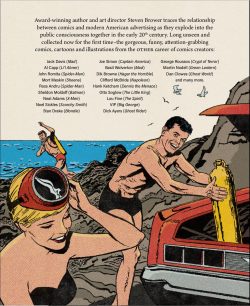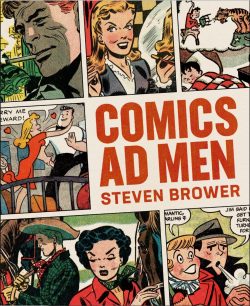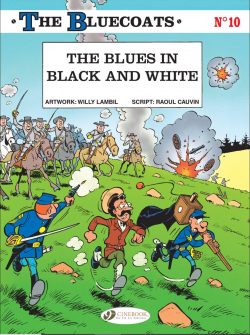

By Stan Sakai, with colours by Ronda Pattison (IDW)
ISBN: 978-1-68405-740-5 eISBN: 978-1-68406-955-2
One of the very best and most adaptable survivors of the 1980s black-&-white comics explosion/implosion is a truly bizarre and wonderful synthesis of historical Japanese samurai fiction and anthropomorphic animal adventure: a perfect example of the versatility and strengths of a creator-owned character.
Usagi Yojimbo (which translates as “rabbit bodyguardâ€) first appeared as a background character in multi-talented creator Stan Sakai’s peripatetic comedy feature The Adventures of Nilson Groundthumper and Hermy, which launched in furry ‘n’ fuzzy folk anthology Albedo Anthropomorphics #1 (1984). He subsequently appeared there on his own terms as well as in Critters Amazing Heroes, Furrlough and a Munden’s Bar back-up in Grimjack.
Sakai was born in 1953 in Kyoto, Japan before the family emigrated to Hawaii in 1955. He attended the University of Hawaii, graduating with a BA in Fine Arts, and pursued further studies at Pasadena’s Art Center College of Design after moving to California.
His first comics work was as a letterer, most famously for the Groo the Wanderer, before his nimble pens and brushes, coupled with a love of Japanese history, legend and the films of Akira Kurosawa and his peers, combined to turn a proposed story about a historical human hero into one of the most enticing and impressive – and astonishingly authentic – fantasy sagas of all time.
The deliciously rambling and expansive period fantasy series is nominally set in a world of sentient animals (with a few unobtrusive human characters scattered about) and specifically references the Edo Period of Feudal Japan around the beginning of the 17th century. It simultaneously samples contemporary cultural icons from sources as varied as Lone Wolf and Cub, Zatoichi and even Godzilla. The saga details the life of Miyamoto Usagi, a ronin or masterless samurai, making an honourable living as a Yojimbo or bodyguard for hire. As such, his fate is to be drawn constantly into a plethora of incredible situations.
And yes, he’s a rabbit; a brave, sentimental, gentle, artistic, long-suffering, conscientious and heroic bunny who just can’t turn down any request for help or ignore the slightest evidence of injustice…
The Lepine Legend later appeared in Albedo #2-4, The Doomsday Squad #3 and seven issues of Critters (1, 3, 6-7, 10-11 & 14) before leaping into his own long-running series. It was the first of many, relating his adventures and mirrored Sakai’s real-world peregrinations from publisher to publisher.
The Sublime Swordsbun has shifted homes frequently, but has been in continuous publication since 1987 – with more than 40 graphic novel collections and books to date. He’s also guest-starred in numerous other series, such as Teenage Mutant Ninja Turtles (and its TV incarnation) and even almost made it into his own small-screen show but there’s still time yet and fashions can revive as quickly as they die out…
There are high-end collectibles, art prints, computer games and RPGs, a spin-off sci-fi comics serial and lots of toys.
Sakai and his creation have won numerous awards both within the Comics community and amongst the greater reading public, and now, as a venerable mainstay of the American comics landscape, the monochrome wanderer’s early exploits got a modern makeover in 2020. Not strictly chronologically ordered, Usagi Yojimbo Color Classics #1-7 are gathered here to hopefully bring him to a new generation…
Following a brief ‘Introduction’ recapping major characters and scenario, ‘Samurai!’ sees the rabbit ronin again meet money-mad bounty-hunter Gennosuké after a deadly duel of honour leaves a warrior named Gunichi a bloody corpse at the Yojimbo’s feet. Pressed by the newly-arrived and curious Rhino, the moodily moved and uncharacteristically loquacious rabbit shares some of the events of his boyhood…
Once, Miyamoto Usagi was simply the son of a small-town magistrate, dispatched with his friend Kenichi to train at the prestigious Dogora Fencing School in Sendai. As the boys make their journey they encounter a lone, aged warrior beset by a pack of bullies from that self-same school, determined to prove their institution’s martial superiority.
Despite all efforts to placate the hotheads, old Katsuichi is – most reluctantly – compelled to slay the toughs. The stunned witnesses start bickering and – whilst Kenichi wants to follow orders and go on to the (clearly honourless) Dogora School, little Usagi seeks out the old man to be his Sensei…
The elder was finished with teaching but eventually sees something in the defiant, determined little rabbit and grudgingly accepts his exceptional young charge…
Usagi spends years learning the Way of Bushido from his stern, leonine master: not just superior technique and tactics, but also a philosophy of justice and restraint to serve him all his days…
The revelations of Usagi’s boyhood training continue in short, revelatory vignettes – nine in all – as the elder Yojimbo and his surly companion continue towards shelter, highlighting the peculiar relationship of Sensei and Student. At the disciple’s first tournament, the scurrilous, vengeful Dogora adherents scheme to “accidentally†cripple the boy and thus humiliate his teacher, but don’t anticipate his innate ability.
After besting the entire Fencing School contingent in duels with Bokken (wooden swords) the boy at last faces his old friend Kenichi and triumphs. His prize is a Wakizashi “Young Willow†and Katana “Willow Branchâ€. The short and long swords are the soul of a samurai, marking his graduation to martial maturity, but Usagi is blithely unaware of what his victory has cost his childhood companion…
Mere months later, the graduate warrior is challenged by a masterful, mysterious swordsman who was bodyguard to the Great Lord MifunÄ—. Their duel is interrupted when a band of Dogora assassins attack, determined to avenge their school’s humiliation by a single stick-wielding student. The cowards are no match for the steel of Usagi and the mighty Gunichi, and the victors part as friends, with the bodyguard promising to recommend the rabbit for future service to his Lord.
Still assessing his options, the young Samurai encounters Kenichi once more. The disgraced youth has left the Dogora School and is trying to drink himself to death, but when he and Usagi hear their home village is threatened by bandits, the former friends reconcile to save their loved ones…
By holding Usagi’s childhood love Mariko hostage, the brigands successfully neutralise his magistrate father and are stripping the hamlet of its provisions and meagre treasures when Usagi and Kenichi challenge them. None of the villains survive the vengeance of the outraged villagers…
In the aftermath, although Mariko clearly wants Usagi to stay, she says nothing and the Samurai leaves to join Lord MifunÄ—’s service. Kenichi stays…
The young warrior advances quickly as MifunÄ—’s vassal and is soon a trusted bodyguard, serving beside indomitable Gunichi. It is a time of great unrest and war is brewing, and in Usagi’s third year of service, the Lord’s castle is attacked by Neko Ninja assassins. Although the doughty warriors save their master, his wife Kazumi and heir Tsuruichi are murdered. Realising ambitious rival Lord Hikiji is responsible, MifunÄ— declares war…
The struggle ends on the great Adachigahara plain when MifunÄ—’s general Toda switches sides. The Great Lord falls and at the crucial moment Gunichi also breaks, fleeing to save his own skin and leaving outnumbered Usagi to preserve the fallen Lord’s head – and Honour – from shameful desecration…
The story comes full circle now, when after two years as a purposeless, masterless Ronin, the wandering Yojimbo meets Gunichi again…
After the epic origin, short, pithy vignettes cleanse the dramatic palate, beginning with a delicious traditional horror story. In ‘Kappa’ the wanderer encounters a deadly marsh troll at dusk and barely escapes with his life by offering the foul beast some wild cucumbers he has picked. Exhausted, the Ronin finds shelter with an old woman for the night, but when she hears of his adventure she becomes hysterical.
The cucumbers were planted so that her own son – returning that night – would have something to buy off the voracious Kappa. Horrified by his inadvertent error, Usagi dashes back to the marsh to save the son, but after overcoming the monster, shockingly experiences one final sting in the tale…
Moments of peace and contemplation are few in the Yojimbo’s life but, even when a drunken horde interrupt ‘A Quiet Meal’, the rabbit’s patience takes plenty of rousing. Some rude fellows, however, really don’t know when to stop boozing and leave well enough alone…
‘Blind Swords-Pig’ is a sublime comedic parody that sets up future conflicts as the landless lepus meets a formidable companion on the road; one whose incredible olfactory sense more than compensates for his useless eyes. How tragic then that the affable Ino is also a ruthless, blood-spilling outlaw who won’t let comradeship affect his hunger for freedom or carnage…
Closing this collection, ‘Lone Rabbit and Child!’ also sets up major plot threads as the Ronin is hired by beautiful swordswoman Tomoe Ame to protect her Lord Noriyuki. The callow royal child has been travelling to the capital to ratify his role as leader of the prestigious Geishu Clan following the death of his father, but the party has been repeatedly attacked by ninjas working for infamous Hikiji – now risen high in the Emperor’s hierarchy.
The insidious schemer is determined to foil the investiture and appropriate Geishu properties for himself, but has not reckoned on fate and the prowess of the lethally adept Usagi…
Burnished with cover gallery, character sketches and a biography of Stan Sakai, this is a fast-paced yet lyrical compilation; funny, thrilling and simply bursting with veracity and verve. Usagi Yojimbo‘s life story is a magical saga of irresistible appeal to delight devotees and make converts of the most hardened hater of “funny animal†stories. If that’s you, why not try some sheer comicbook poetry by a True Master?
Usagi Yojimbo™ © 2020 Stan Sakai. All rights reserved.
